
| Recorded by: Beth Siegel on 2025-09-19
Burke Co.
Comment: | 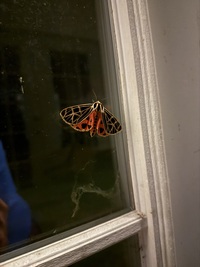
| Recorded by: Christian Horton on 2025-09-19
Cleveland Co.
Comment: |

| Recorded by: Jim Petranka and Becky Elkin on 2025-07-29
Madison Co.
Comment: | 
| Recorded by: Jim Petranka and Becky Elkin on 2025-07-26
Madison Co.
Comment: |
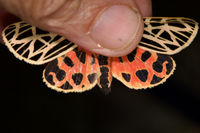
| Recorded by: Jim Petranka and Becky Elkin on 2025-07-26
Madison Co.
Comment: | 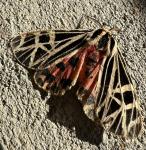
| Recorded by: A. Kauppila on 2024-09-17
Burke Co.
Comment: |
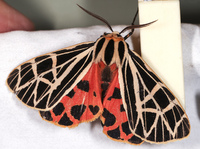
| Recorded by: John Petranka on 2024-09-04
Orange Co.
Comment: | 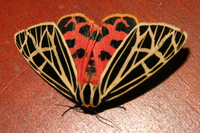
| Recorded by: Owen McConnell on 2023-07-30
Graham Co.
Comment: |

| Recorded by: K. Bischof on 2023-07-29
Transylvania Co.
Comment: | 
| Recorded by: K. Bischof on 2023-07-29
Transylvania Co.
Comment: |
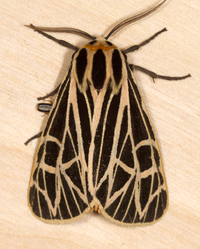
| Recorded by: Jim Petranka, Becky Elkin and Tony McBride on 2023-07-23
Madison Co.
Comment: | 
| Recorded by: Jim Petranka, Becky Elkin and Tony McBride on 2023-07-23
Madison Co.
Comment: |
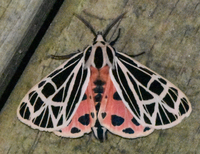
| Recorded by: Emily Stanley on 2023-07-23
Yancey Co.
Comment: | 
| Recorded by: K. Bischof on 2022-07-25
Transylvania Co.
Comment: |

| Recorded by: K. Bischof on 2022-07-25
Transylvania Co.
Comment: | 
| Recorded by: Gary Maness on 2020-09-08
Guilford Co.
Comment: |

| Recorded by: Gary Maness on 2020-09-08
Guilford Co.
Comment: | 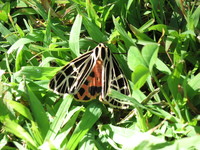
| Recorded by: Roy Carlson on 2019-08-30
Guilford Co.
Comment: |
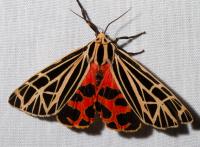
| Recorded by: Steve Hall and Bo Sullivan on 2016-08-02
Ashe Co.
Comment: | 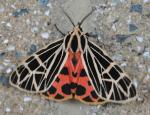
| Recorded by: K. Bischof on 2015-09-10
Burke Co.
Comment: |
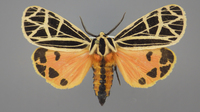
| Recorded by: J.B. Sullivan on 2014-09-20
Mecklenburg Co.
Comment: | 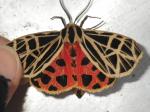
| Recorded by: J.Wyche on 2013-09-10
Gates Co.
Comment: |

| Recorded by: Paul Scharf on 2013-09-01
Warren Co.
Comment: | 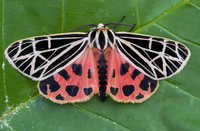
| Recorded by: Jim Petranka and Becky Elkin on 2013-08-03
Madison Co.
Comment: |
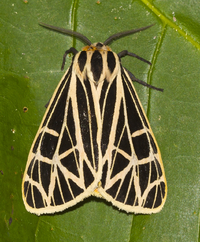
| Recorded by: Jim Petranka and Becky Elkin on 2013-08-03
Madison Co.
Comment: | 
| Recorded by: K. Bischof on 2013-07-29
Transylvania Co.
Comment: |

| Recorded by: T. DeSantis on 2012-08-31
Camden Co.
Comment: | 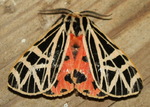
| Recorded by: Doug Blatny / Jackie Nelson on 2011-09-04
Ashe Co.
Comment: |
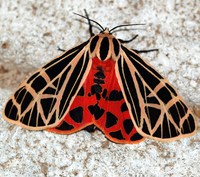
| Recorded by: Paul Scharf on 2009-09-01
Warren Co.
Comment: | 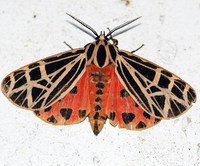
| Recorded by: Paul Scharf on 2009-08-27
Warren Co.
Comment: |
|

 »
»


 »
»
